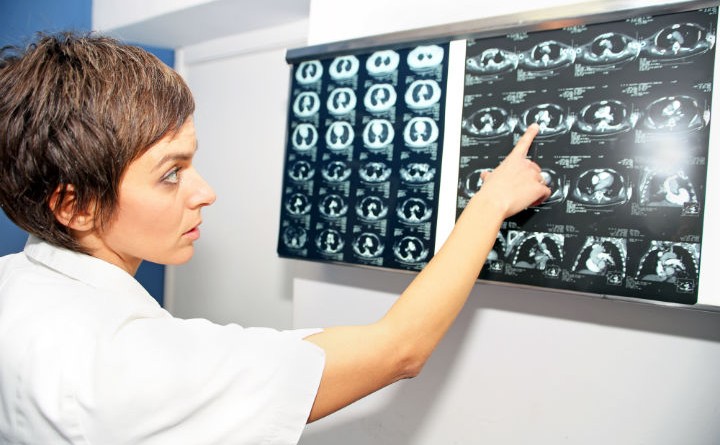Pulmonary hypertension is a potentially life-threatening disease that affects the arteries connecting the heart to the lungs. These blood vessels narrow over time, which leads to an increase in blood pressure that causes additional damage and stress to them. While this damage cannot be reversed, with proper treatment, the condition can be managed.
Unfortunately, many patients go years without realizing that they have the condition at all. This is due to the fact that symptoms progress slowly and can be attributed to other causes in their early stages. By the time an official pulmonary hypertension diagnosis is made, these symptoms can be quite severe and tricky to deal with.
Here is a look at some of the most common symptoms associated with pulmonary hypertension. While not all patients will experience them all, most will experience a majority of them over the course of the disease’s progression.
Shortness of Breath
One of the first symptoms of pulmonary hypertension to manifest is shortness of breath. However, it can be difficult for patients to notice this at first, as it will only occur during vigorous activities that might have left them with shortness of breath anyways. As the disease progresses, though, patients will find that easy, everyday activities like climbing the stairs or doing household chores begin to the leave them breathless as well. As this symptom begins to worsen even more, it may become difficult to breathe even at rest.
Fatigue
Proper circulation is essential for proper lung function, and if lungs aren’t receiving enough oxygenated blood, chances are other parts of the body are suffering from a deficit as well. This frequently leaves patients feeling more tired than usual and unable to perform their normal daily routines. As with other symptoms, fatigue normally begins mildly but starts to become more severe as the disease progresses.
Leg Swelling
Leg swelling, known officially as edema, is another common symptom for pulmonary hypertension patients. Over time, the high levels of pressure in the pulmonary arteries cause blood to flow backward and accumulate in the veins. This excess blood then begins to seep into the surrounding tissues, which causes the swelling. Patients’ legs are particularly susceptible to this condition since those veins are furthest from the heart and must fight against the power of gravity to carry blood back to it.
Blue Lips
One of the most distinctive symptoms of pulmonary hypertension is blue lips, also known as cyanosis, which is caused by a lack of adequate oxygen in the blood. As with fatigue, this occurs because the high blood pressure associated with pulmonary hypertension does not allow oxygen-rich to all areas of the body, especially the extremities, such as the lips.
Dizziness and Fainting
Spells of dizziness and fainting are common in patients with pulmonary hypertension. Like many of the other symptoms of this disease, these occur because of poor circulation of oxygenated blood. While some patients may not experience anything as severe as fainting, most do report that their thought process feels “fuzzy” and that they have difficulty concentrating or staying on task.
Chest Pain and Irregular Heartbeat
As a patient’s blood pressure in the pulmonary arteries begins to increase, chest pain or discomfort is possible. Additionally, over time this increase in pressure requires that the heart’s muscles work harder than usual, which can lead to muscle damage. When this occurs, patients may develop an irregular heartbeat.
Iron Deficiency
The exact reason why some pulmonary hypertension patients experience low levels of iron in the blood (known as anemia) is unknown, but research has indicated that this condition can actually lead to higher blood pressure and a general acceleration of the disease’s effects.
Featured Image: Deposit Photos/© jovanjaric



